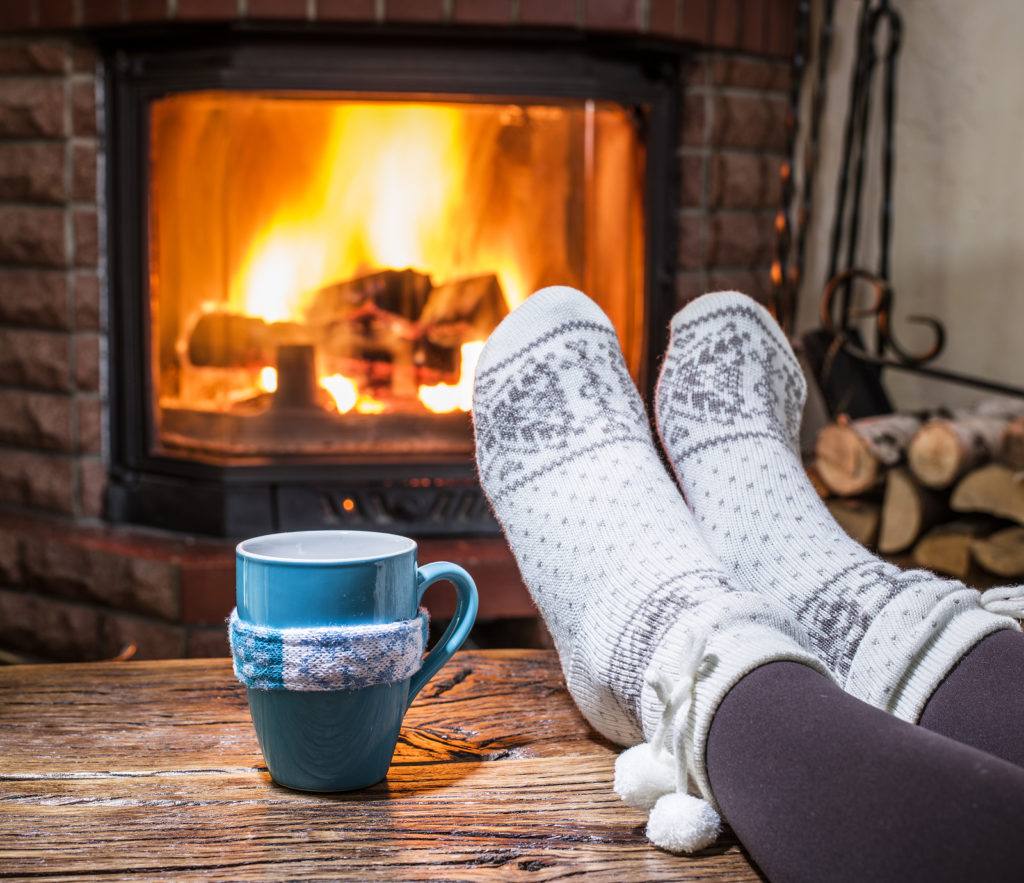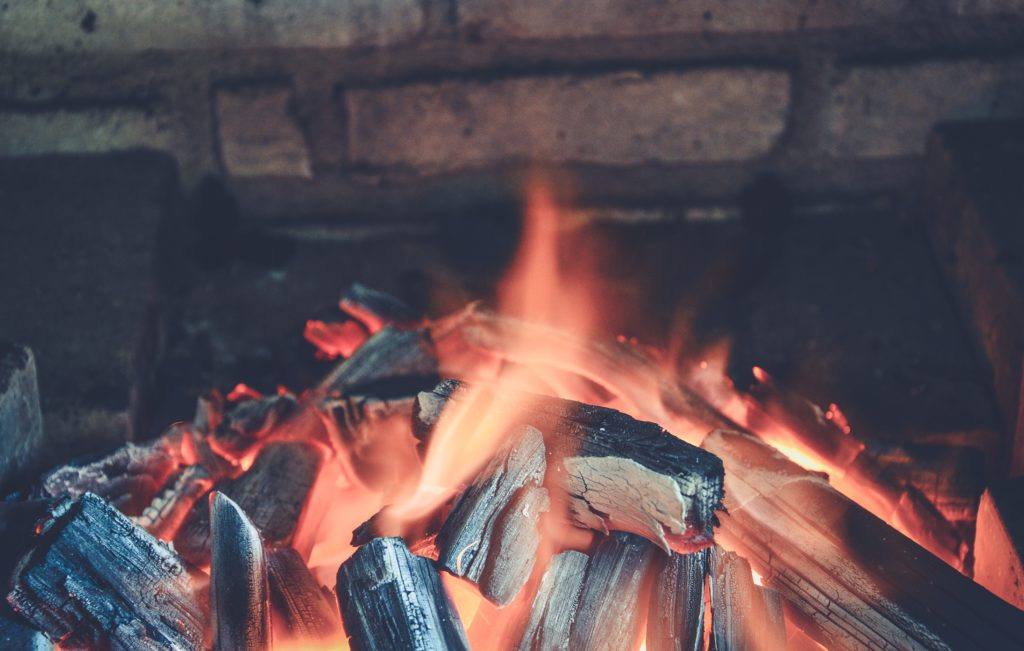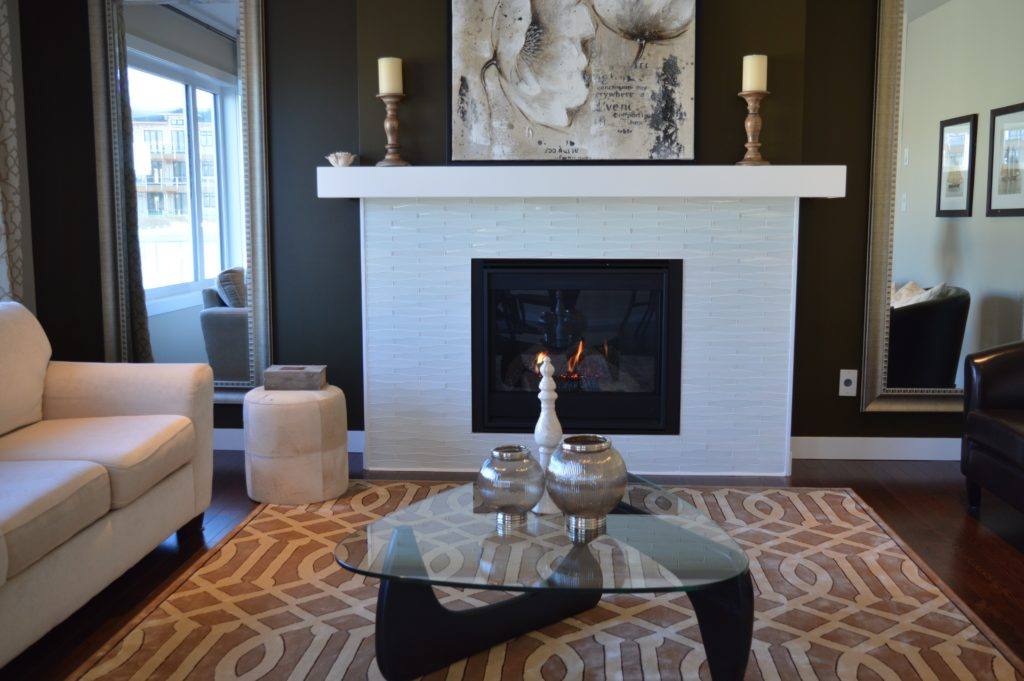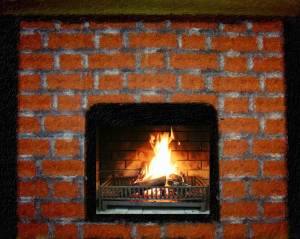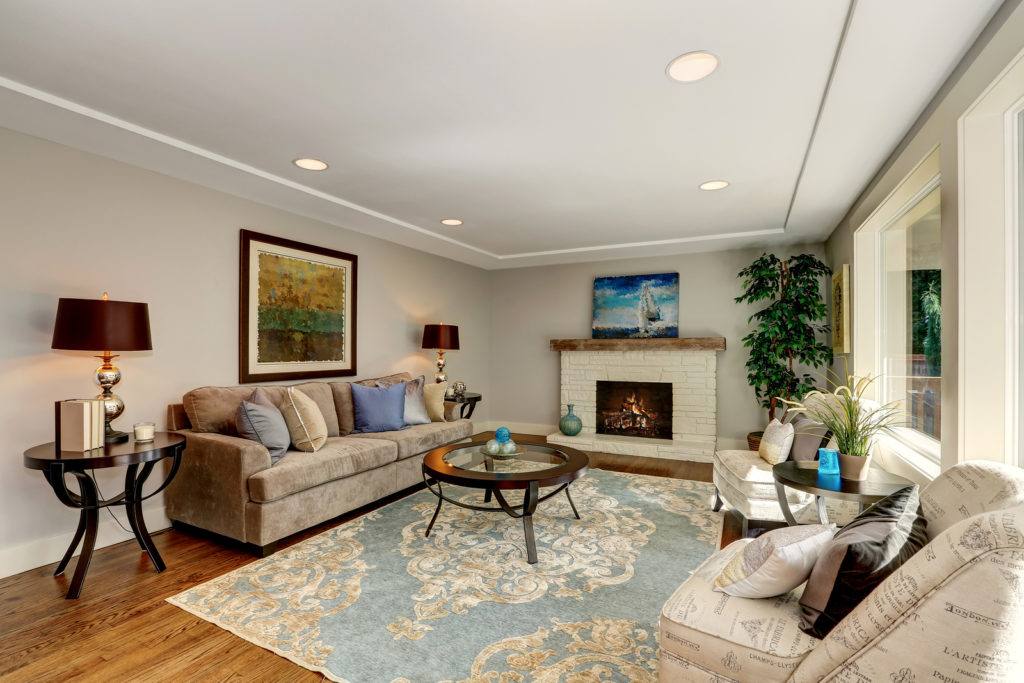Any home can achieve a warm and cozy feel throughout winter, while also setting the mood with a subtle romantic effect. A well-maintained fireplace can be a great focal point in the room, but an uncared-for one might be an eyesore. You wouldn’t want to hide this classic feature, would you? Fortunately, breathing new life into your fireplace doesn’t have to be a overpriced affair. There are many budget-friendly options.
Whether you’re just looking to make some minor changes, or you’re desperate to give that outdated fireplace a new look and feel that’s personalized to you, we’ve got some ideas for you.
ADDING OR MODIFYING A MANTEL
A mantel is the brick or wood surrounding the chimney opening. If there’s no mantel on your fireplace, consider building or installing one. It can tie together the aesthetic of the room. Adding a mantel can be easy to install yourself and doesn’t cost a large sum. If you have a mantel and it’s severely chipped, warped, or has irreparable damage, you might think about replacing it. However, some paint will do the trick if your only concern with your existing mantel is its unattractive appearance.
MAKEOVER THE SCREEN AND DOORS
As homes become more modernized, you may be wanting to update old styles. A good place to begin is with the screen and doors of the fireplace. If you adore the current design but want to easily change the look, paint it! You can repaint fireplace doors with high-heat resistant paint, available online or at your local hardware store. A less permanent way to change the look is by getting a new screen.
INSTALL A FLOATING BEAM
In lieu of a mantel, floating beams provide shelf space while keeping the area clear that surrounds the chimney opening. These are an excellent choice if there’s nothing surrounding your fireplace but the hearth.
You can find a new beam in most wood shops or online retailers, as well as salvage shops or even eBay. If you’re handy, you can even cut your own beam from a larger piece of wood and treat it.
ACCESSORIZE, ACCESSORIZE, ACCESSORIZE
The hearth is the area in front of a fireplace, usually a stone, brick, cement, or marble slab. It adds a layer of protection and can be used to store fireplace tools. You can include accessories around the hearth that give it a unique look. A large mirror, piece of artwork, or family portraits may be hung above the mantel to instantly change the aesthetic.
DECORATE WITH AN ARTISTIC TOUCH
Bring out your inner artist by placing a fabric runner on the mantel to complement the wall behind it. Adding small items like picture frames, vases, flowers, or candles are all accessories that can be easily changed out depending on the seasons or holidays. Whatever you decide to do to your fireplace, we’d love to hear about it. Show us your newly designed fireplace here!


